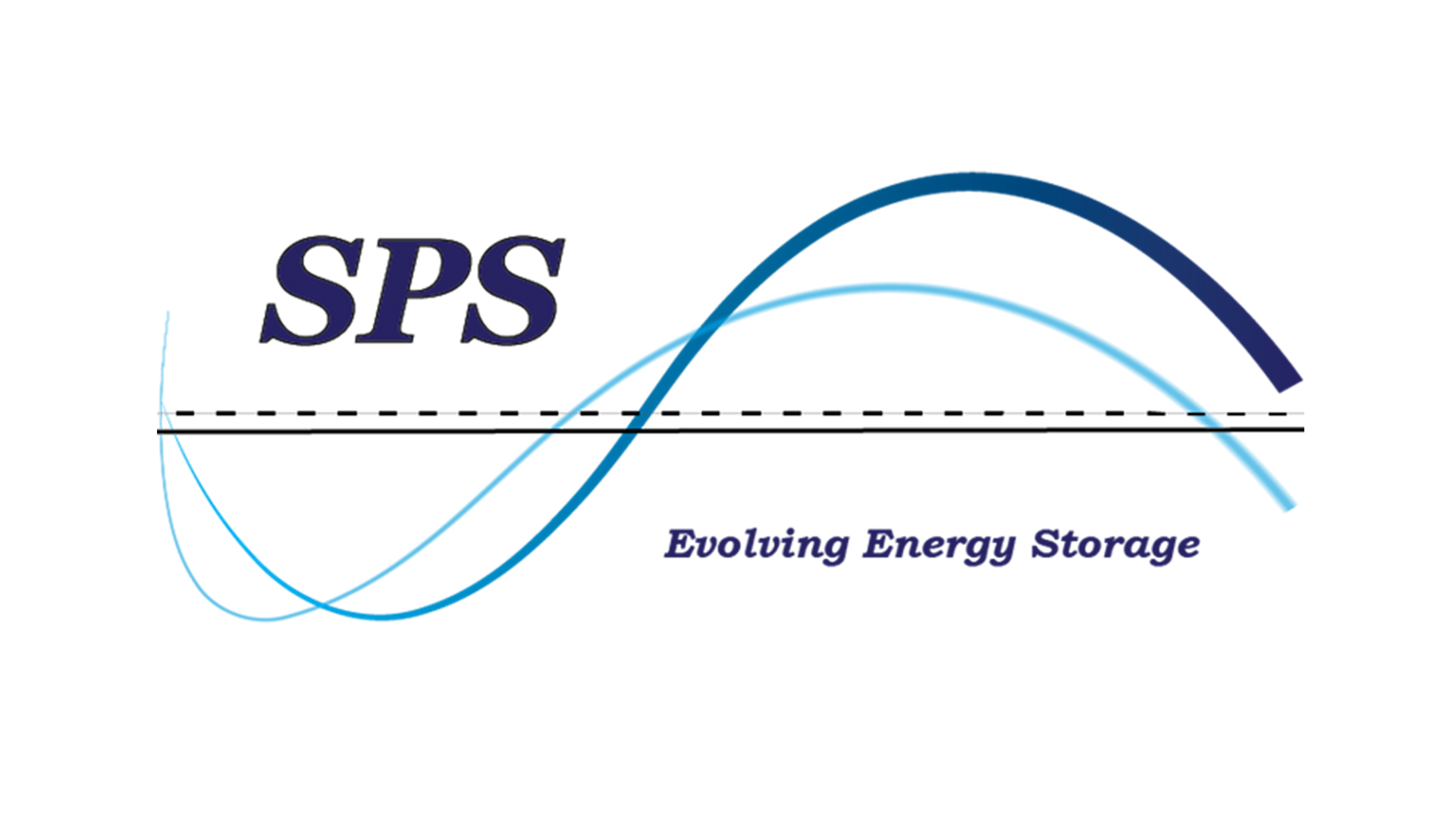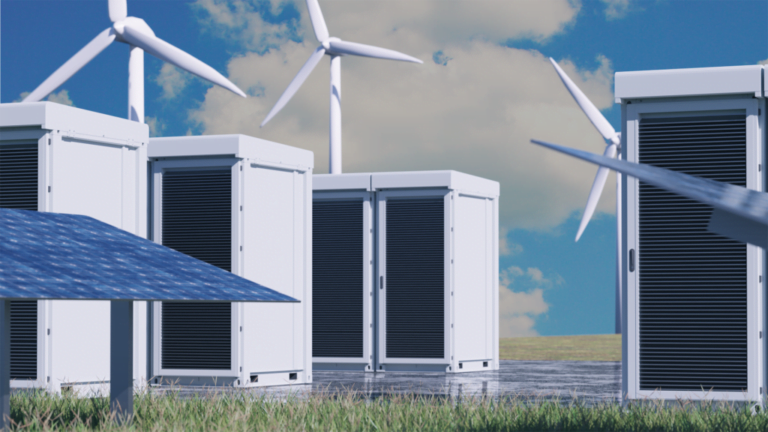Storage Power Solutions’ C-2-CTM The energy storage system offers cost-effective solutions for reliable and dependable industrial power and net-zero policies to eliminate electricity costs while generating revenue.
Storage Power Solutions Inc. (SPS) was formed in 2014 as a spin-out from three large storage and electronics companies. With the support of their previous partners, Founders Laszlo Lakatos-Hayward and Mike Oreskovic formed SPS in Canada to serve the metro commercial and industrial space.
Backed by a carefully curated team with over 100 years of combined experience, SPS designs manufactures, and distributes lithium-iron-phosphate-(LFP)-based battery energy storage. The C-2-C company portfolioTM Cell-to-cabinet energy storage systems fill a specific market need for behind-the-meter sub-10 MW systems.
There are many benefits that C-2-C solutions bring to behind-the-meter systems, which may or may not have a solar component included. It has become very difficult for users to find a system of this size with the features of many large energy storage facilities – the C-2-C bridges this gap. The design provides affordability and real revenue stacking, all with a 20-year performance guarantee. The system also offers superior safety and environmental performance with 100% system availability, ease of installation, and operational flexibility.
What makes SPS different?
SPS designs from the cell up and therefore maintains design control over the entire energy storage system, driving value for its customers. Its proprietary system architecture is based on more than 100 years of proven experience, and the deployment of more than 1.5 GWh of lithium-based energy storage and more than 4.5 GWh of Ni-Cd, Ni-MH and VRLA based critical infrastructure. SPS management has deep experience in power electronics, battery energy storage, uninterruptible power supply (UPS), and renewable energy.
A very talented team
The SPS team is built on a deep background in energy storage, spanning over 40 years. Many team members were previously involved in the uninterruptible power supply industry, responsible for the development of back-up power systems for data centers, banks, power plants, switchboards, and call centers. At this time, energy storage is focused on providing back-up power in case of failures and cleaning and filtering the energy brought to a facility to prevent equipment damage.
Around the year 2000, the team began to develop their knowledge of different battery chemistries to add to their portfolio of lead-acid and nickel cadmium storage. Quickly, lithium-ion became the leader of the pack and especially lithium-iron-phosphate.
The SPS engineering team, already well versed in battery and power electronics technologies, began to recognize the value of a distributed architecture. Proven useful in telecommunications power system architecture and now being valued in the solar industry through the use of string inverters, the team sees this architecture dominating the energy storage space for years to come. They also recognize the advantages it will offer the client that cannot be realized in a centralized architecture that uses a ‘container’ full of batteries connected to an inverter / converter.
What is C-2-C energy storage?
SPS’ C-2-C energy storage technology is a low-voltage string of large-capacity prismatic LFP cells, housed in cartridges fully integrated with the power conversion system (PCS) and packaged in a custom, infinitely expandable cabinet. Each sub-system is simplified, miniaturized and integrated, with each cabinet including:
• Class A Lithium Iron Phosphate (LFP) cells;
• A power conversion system (PCS);
• A cell monitoring and management system to optimize cell and string balancing and lifecycle;
• Thermal management;
• Fire prevention, control and suppression;
• Safety circuits and security systems; and
• Autonomous Energy Gateway Information Software (AEGIS).
The cell-to-cabinet (C-2-C) architecture uses multi-million hours of field-proven electronics and battery cells to create a block platform that expands to create the right amount of power, strength, and flexibility for the needs of each user.
From as little as 60kw/kva, to hundreds of MVA/MW, and as little as 60kWh to thousands of MWh, the C-2-C energy storage system provides the ultimate flexibility and adapting for the needs of the user of the day. one and for many years to come, in front-of-the-meter and behind-the-meter configurations.
Layered on top of this is SPS’ AEGIS. The Autonomous Energy Gateway Information System is a user connection point for an asset management suite, system administration, database, communication and control and platform security. Using industry standard communication protocols, AEGIS can communicate with almost any facility management device.
Advantages of C-2-C System
SPS customers outline specific features they value in the C-2-C system below.
Solar-plus-storage in a cabinet
The C-2-C system has a unique offering in the market where the solar array connects directly to the battery cabinet to eliminate the need for a solar inverter. It can be expanded to any size required. The system can also be configured with a standalone solar or no solar.
Highly scalable
The variety of sizes available means users can buy the system in exactly the size they need. There is also no need to buy too much at first because more can be added if needed in the future.
100% available
Engineered using principles from telecommunications applications, the system offers increased availability and provides value N+x redundancy. This means that downtime is a thing of the past.
Maximum safety
The system has seven safety layers – including four prevention layers and three prevention layers – built to ensure optimal protection against thermal events. The design has been carefully thought out to prevent any dangerous situations from occurring and mitigate any unforeseen circumstances. There are an additional six layers of protection for public and worker safety.
Compact plug-and-play installation
When the energy storage systems arrive on site, they are ready to be put in place and the connection made. This means they are quick and easy to install.
Optional medium voltage transformer connections
It is more cost effective to close-couple the transformer, eliminating the need for additional switchgear.
Modularity
The modularity of the system makes it easier to service and add in the future, if the system needs to evolve.
Low maintenance
The system removes the need for air conditioning, as all high-end electrical equipment uses convection and forced air cooling – making it more cost effective and reliable than air conditioning.
Optimized
The energy storage system provides the ability to use many different types of cells to optimize configurations (future proofing). The distributed architecture means that different cells never contact each other – they can be old and new cells or even different chemistries in the same system.
Best class in the world
C-2-C sets a new standard of world-class excellence that is now available to smaller industrial and commercial facilities so they too can operate in a way that, for too long, has been the domain of larger ones. systems. .
Please note, this article also appears in the twelfth edition of our quarterly publication.
Go to the partner’s profile page to learn more about them


